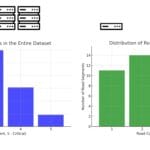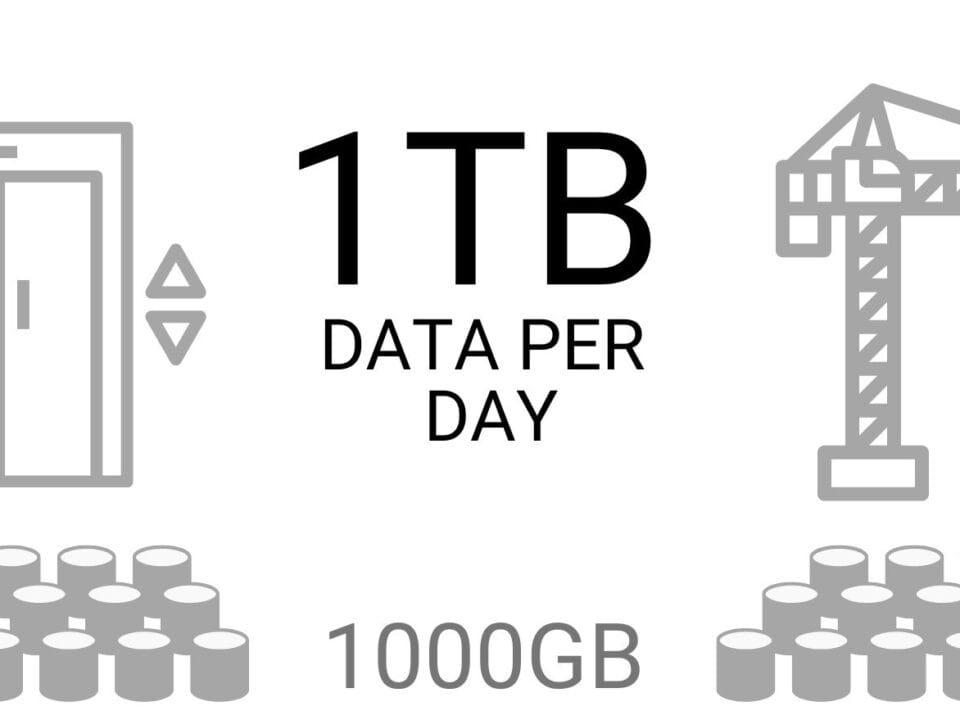The term “big data” does not have a strict definition. The concept originally appeared when the volume of information began to exceed the capabilities of traditional methods of its processing. Today, the volume and complexity of data in many industries, including construction, has increased so much that it does not fit into the local memory of computers and requires the use of new technologies to process it.
The essence of working with big data is not only storage and processing, but also predictive capabilities. In the construction industry, Big Data opens the way from intuitive decisions based on subjective interpretation of tables and visualizations (as discussed earlier) to reasonable forecasts supported by real observations and statistics.
Contrary to popular belief, the goal of working with big data is not to “make a machine think like a human”, but to apply mathematical models and algorithms to analyze massive data sets in order to identify patterns, predict events and optimize processes.
Big Data is not a cold world of algorithms devoid of human influence. On the contrary, big data works in conjunction with our instincts, mistakes and creativity. It is the imperfection of human thinking that allows us to find non-standard solutions and make breakthroughs.
With the development of digital technologies, the construction industry has started to actively use data processing techniques that have come from the IT field. Thanks to tools such as Pandas and Apache Parquet, structured and unstructured data can be combined, simplifying access to information and reducing loss to analysis, while large datasets from documents or CAD projects (Fig. 9.2-10 – Fig. 9.2-12) allow data to be collected, analyzed and predicted at all stages of the project lifecycle.
Big Data is having a transformative impact on the construction industry, influencing it potentially in a variety of ways. The application of Big Data technologies is yielding results in a number of key areas, including, for example, the following:
- Investment potential analysis – forecasting of profitability and payback periods of projects based on data from previous facilities.
- Predictive maintenance – identifying likely equipment failures before they actually occur, which reduces downtime.
- Supply chain optimization – predicting disruptions and improving logistics efficiency.
- Energy efficiency analysis – assisting in the design of low energy buildings.
- Safety monitoring – the use of sensors and wearable devices to monitor site conditions.
- Quality control – real-time monitoring of compliance with process standards.
- Labor management – performance analysis and forecasting of staffing needs.
It is hard to find an area in construction where data analytics and predictions are not in demand. The main advantage of prediction algorithms is their ability to self-learn and continuously improve as data accumulates.
In the near future, artificial intelligence will not just assist builders, but will make key decisions – from design processes to building operation issues.
More about how predictions are generated and learning models are used will be discussed in the next part of the book, “Machine Learning and Predictions”.
The transition to full-fledged work with big data requires a change in the approach to analytics itself. Whereas the classical systems we have considered so far focused on cause-and-effect relationships, in big data analytics the emphasis shifts to the search for statistical regularities and correlations that allow us to identify hidden relationships and predict the behavior of objects even without a full understanding of all factors.





















